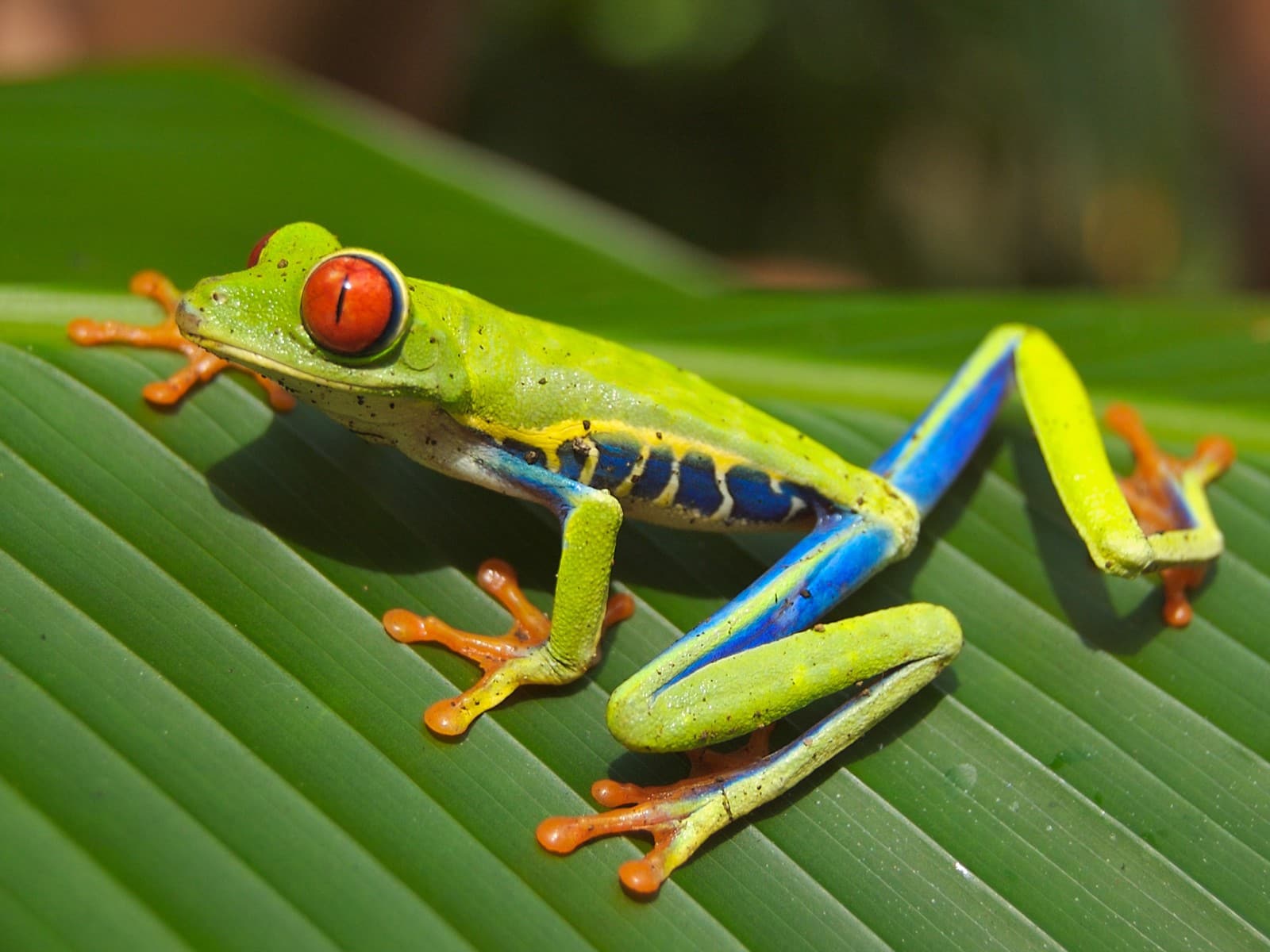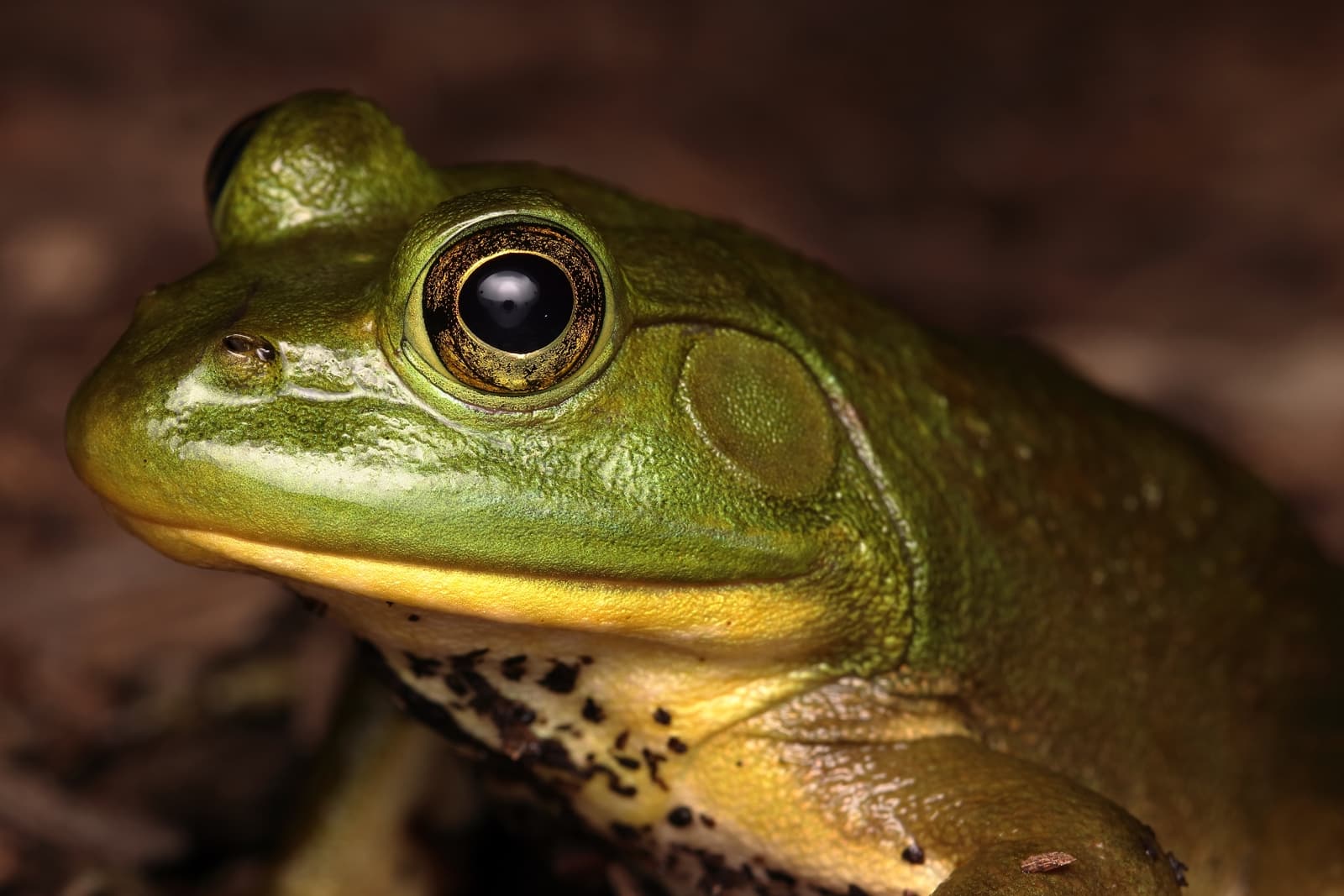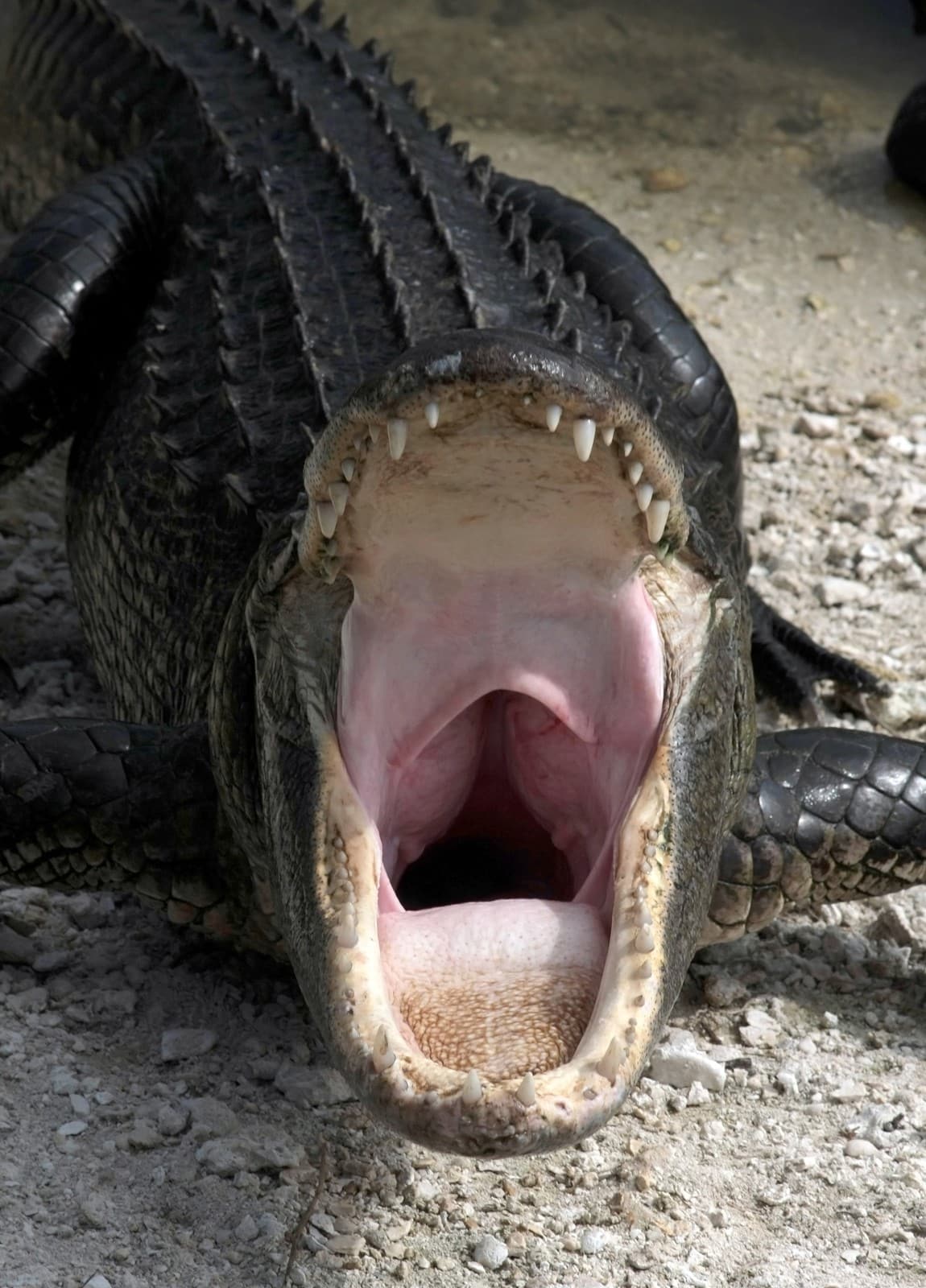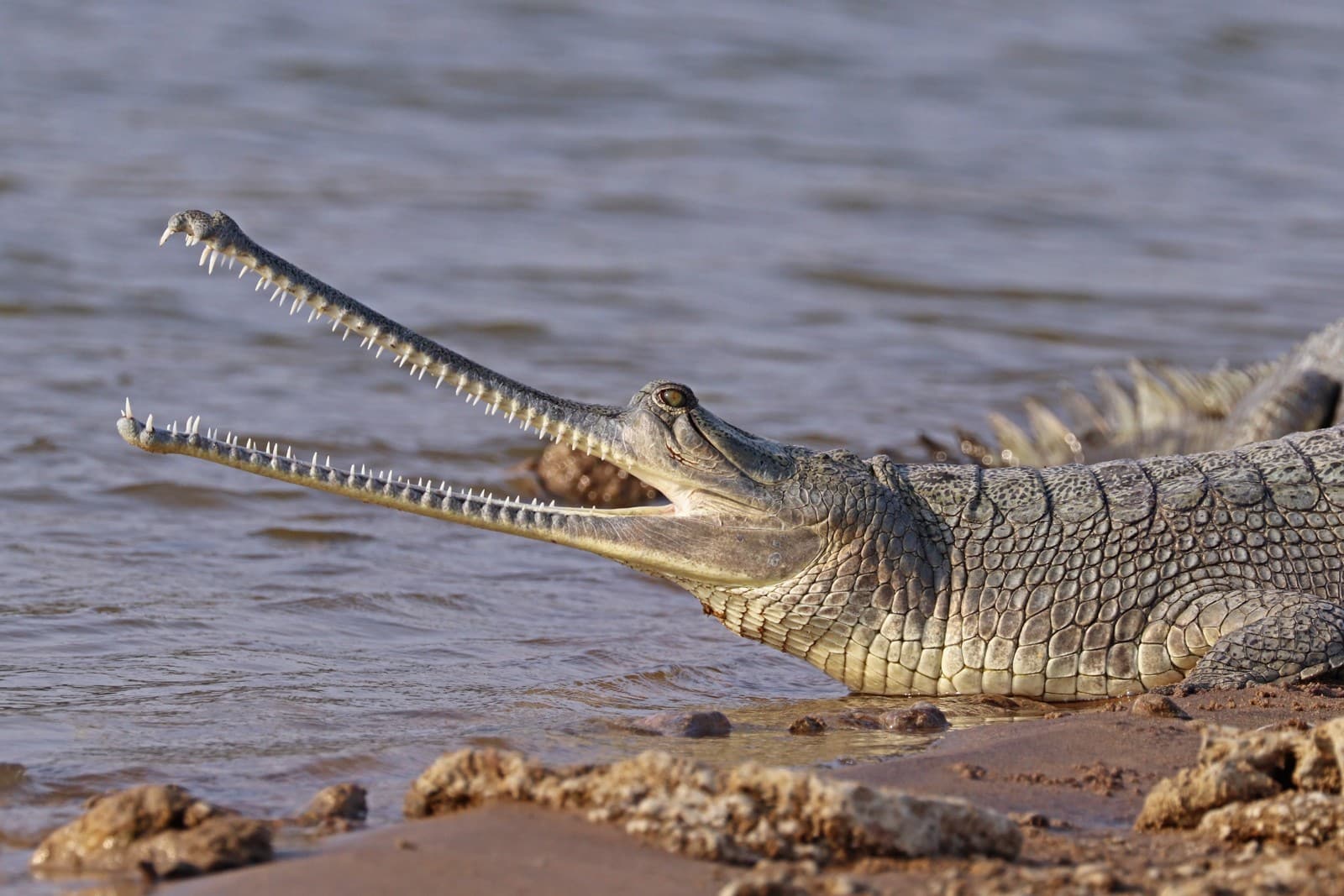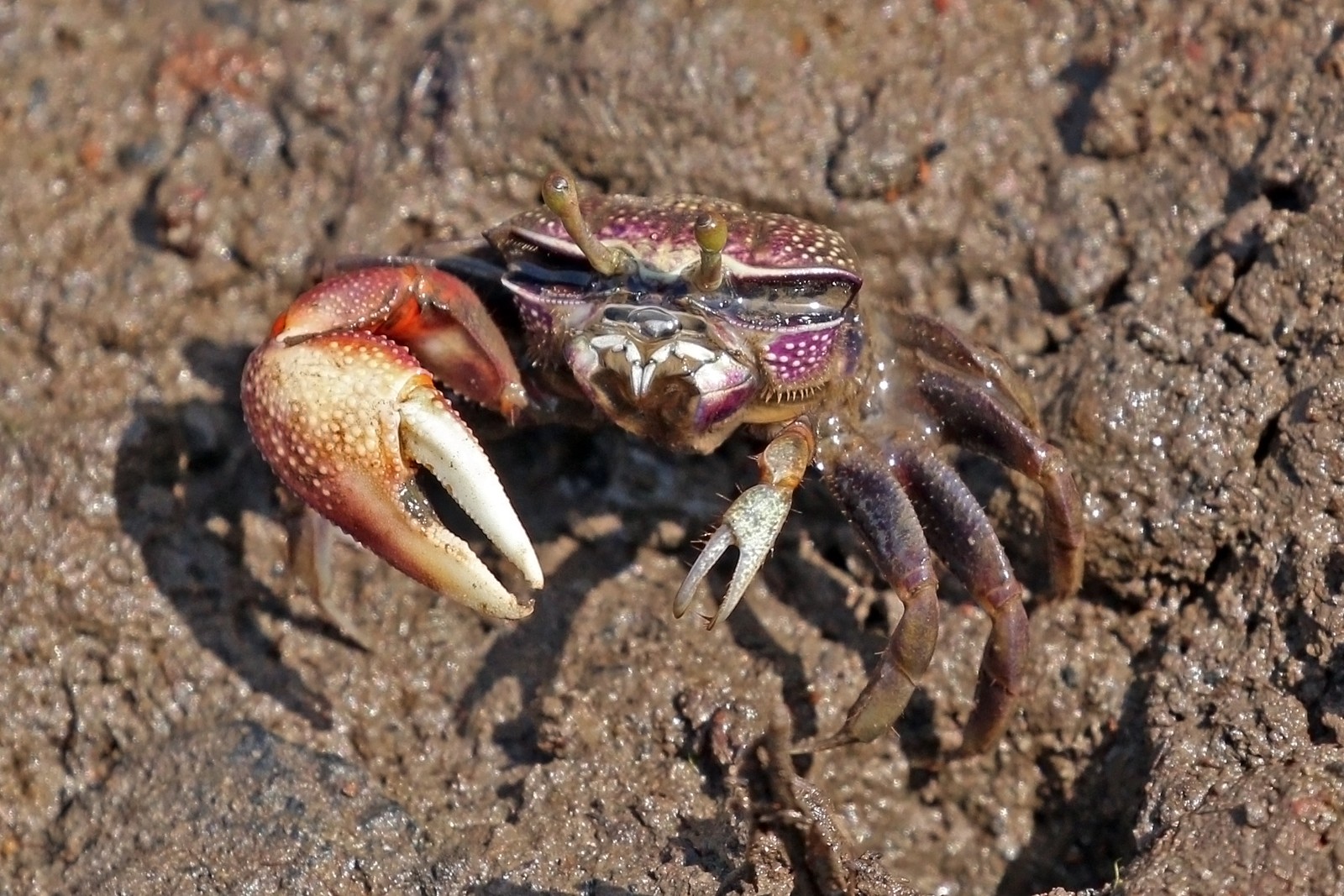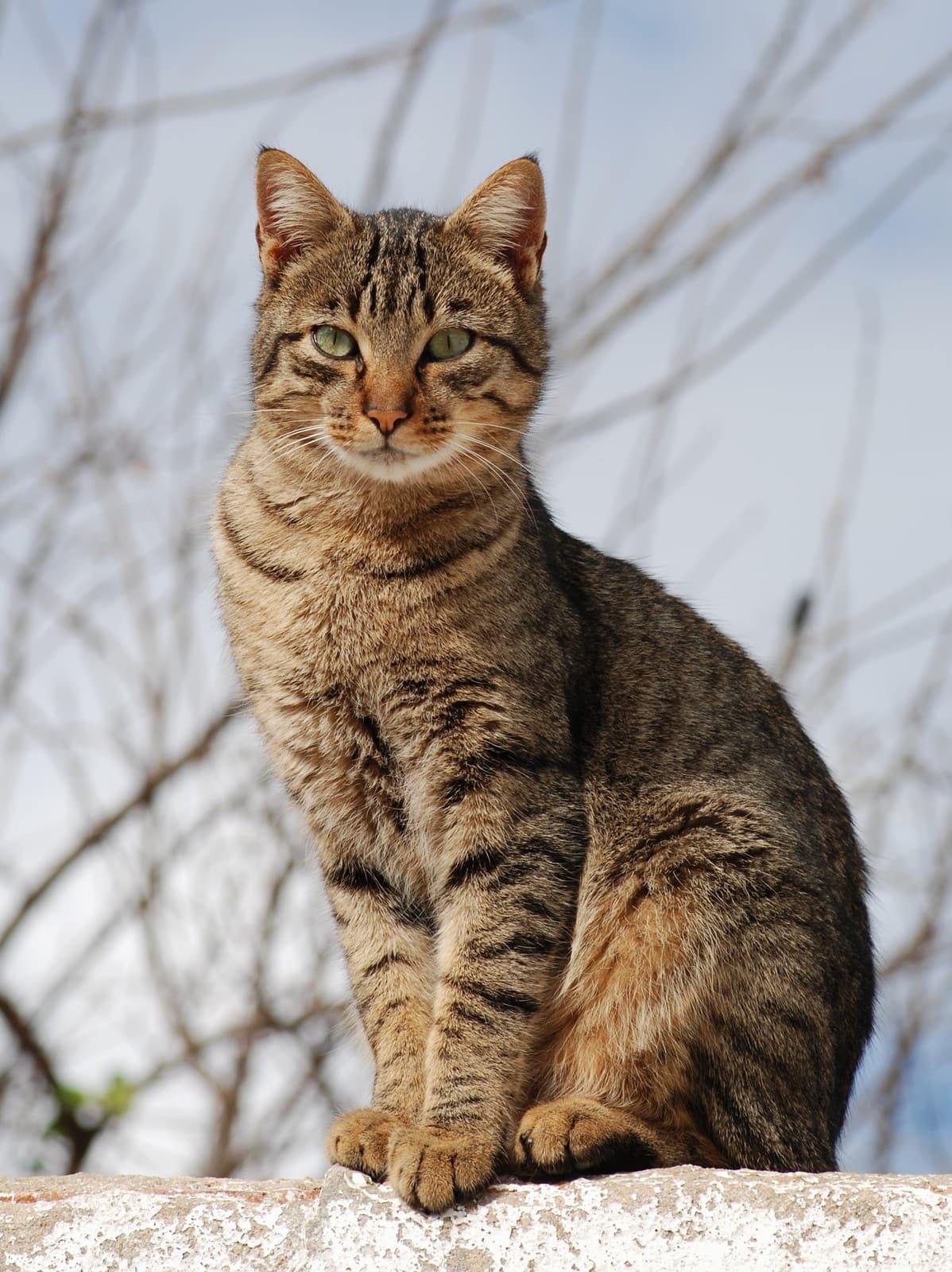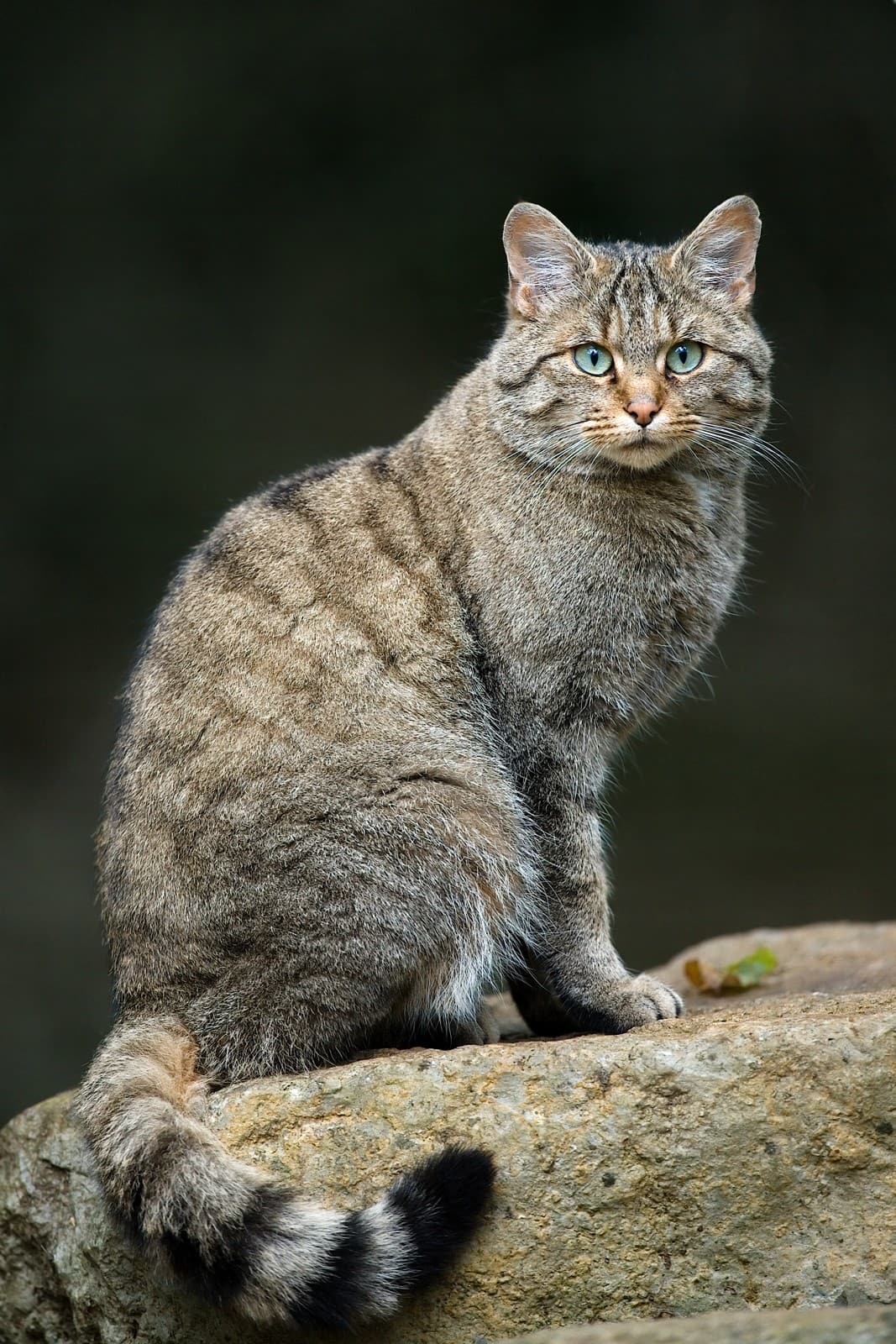Black Mamba vs Green Mamba: A Complete Comparison
When comparing the Black Mamba vs Green Mamba, these two African elapids showcase remarkable differences despite their shared genus. The Black Mamba (Dendroaspis polylepis) stands out as Africa’s longest venomous snake, reaching lengths up to 14 feet (4.3 meters), while the Green Mamba (Dendroaspis angusticeps) typically maxes out at 8 feet (2.4 meters).
Despite popular misconceptions, the Black Mamba isn’t actually black – its scales are typically olive-gray to gunmetal colored, with the inside of its mouth displaying the characteristic black coloration that gives it its name. The Green Mamba, true to its name, exhibits a striking bright green coloration that provides excellent camouflage in its arboreal habitat.
Visual Comparison
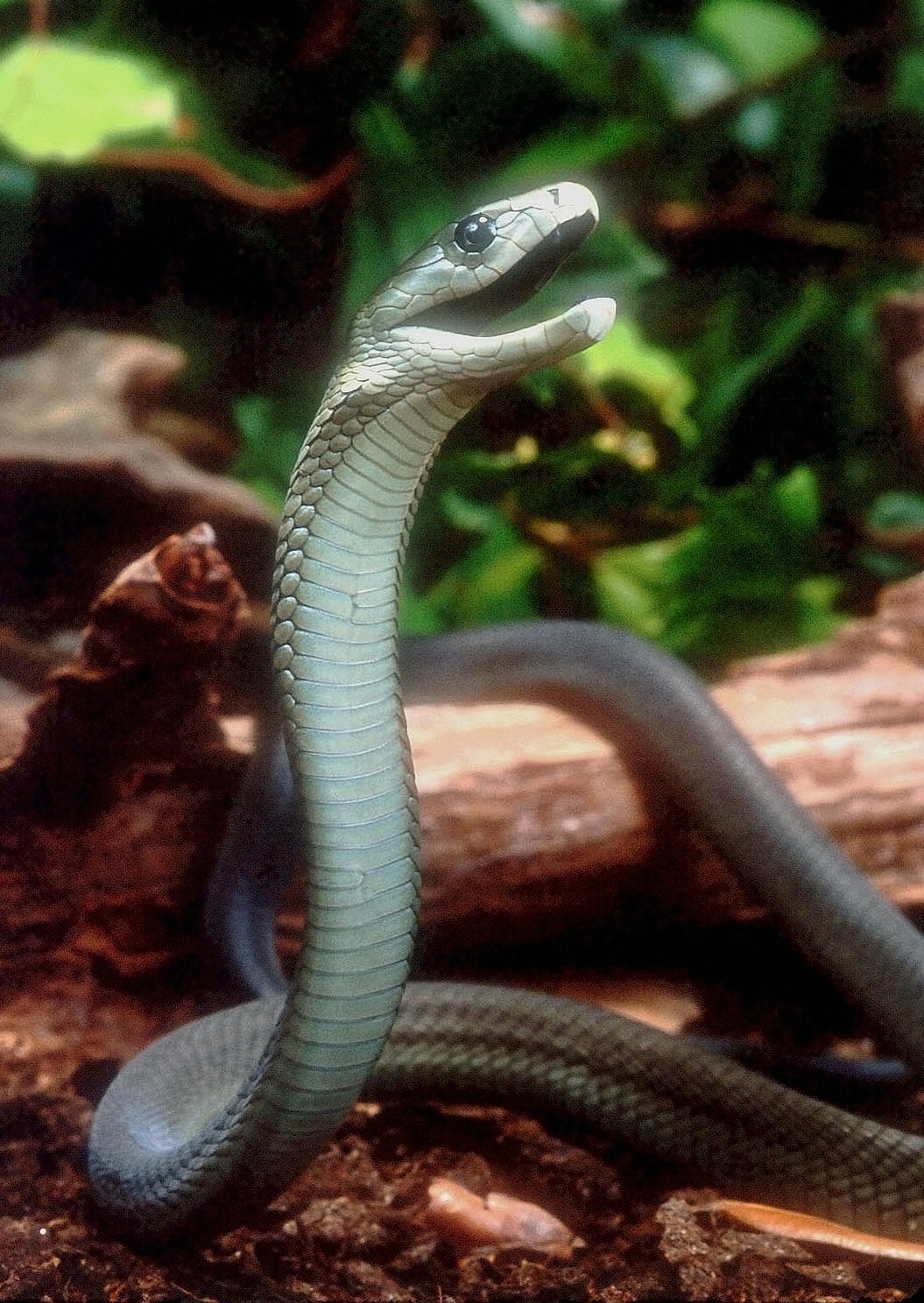
© Bill Love/Blue Chameleon Ventures / CC BY-SA 3.0
The Black Mamba demonstrates its characteristic defensive posture, capable of raising up to one-third of its body length off the ground. Note the muscular build and distinctive gunmetal-gray coloration that sets it apart from its green cousin.
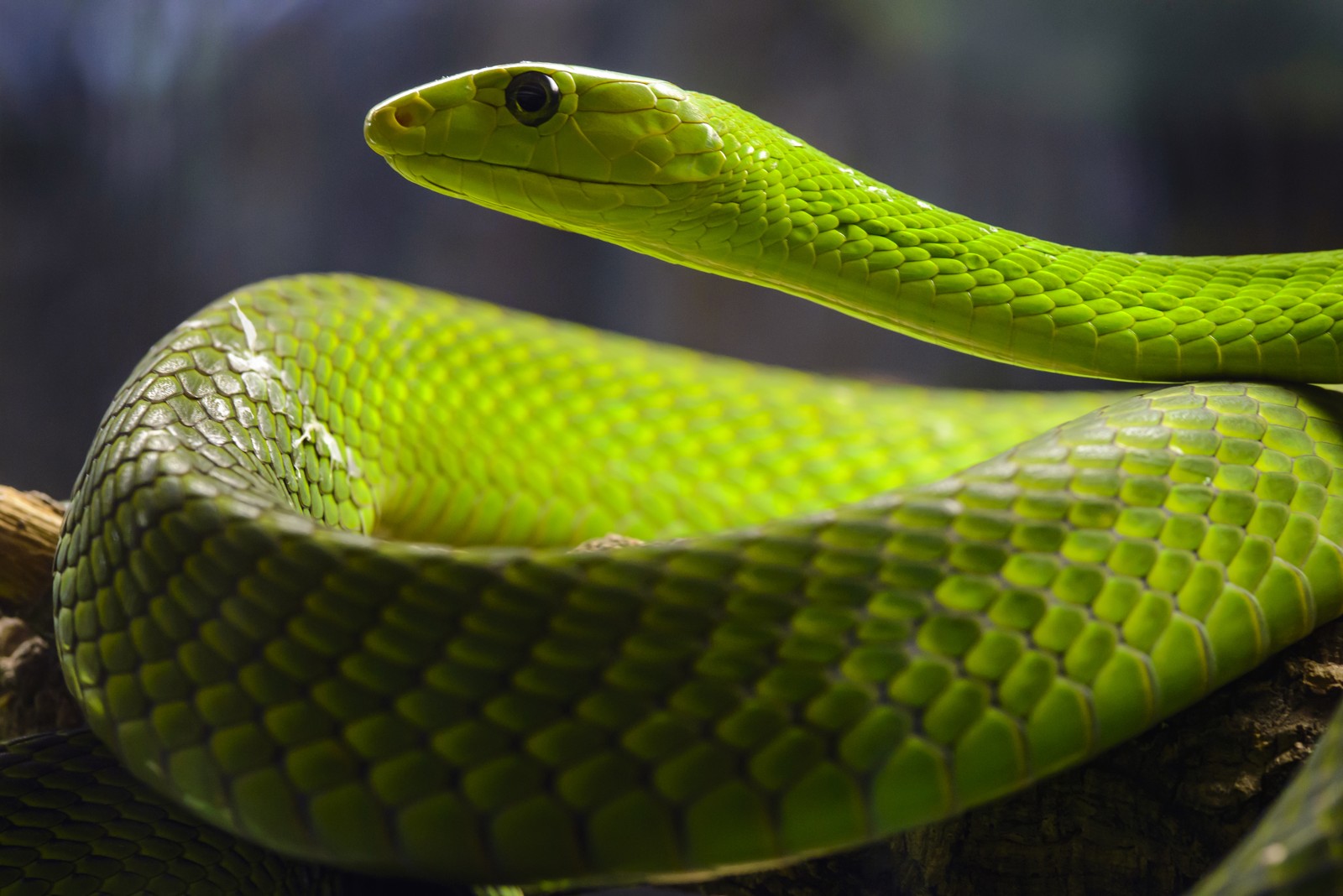
© hape662 / CC BY 2.0
The Green Mamba exhibits its brilliant emerald coloration, perfectly adapted for life in the trees. Its more slender build and shorter length compared to the Black Mamba reflect its primarily arboreal lifestyle.
Key Differences: Black Mamba vs Green Mamba
| Feature | Black Mamba | Green Mamba |
|---|---|---|
| Length | 8-14 feet (2.4-4.3m) | 6-8 feet (1.8-2.4m) |
| Speed | Up to 12.5 mph (20 km/h) | Up to 7 mph (11 km/h) |
| Habitat | Savanna, woodlands, rocky hills | Dense forests, coastal thickets |
| Behavior | Primarily terrestrial, highly aggressive when threatened | Arboreal, more reserved, tends to flee |
| Venom Potency | LD50 0.32 mg/kg | LD50 0.7 mg/kg |
| Color | Olive-gray to gunmetal | Bright emerald green |
Habitat and Behavior
The Black Mamba has adapted to a primarily terrestrial lifestyle, preferring savanna, woodland, and rocky terrain across sub-Saharan Africa. Known for its aggressive defense when cornered, it can maintain speeds of 12.5 mph (20 km/h) over short distances. In contrast, the Green Mamba spends most of its time in trees, navigating dense coastal forests and tropical vegetation with remarkable agility.
Venom Comparison
While both species possess highly potent neurotoxic venom, the Black Mamba’s venom is notably more toxic, with an LD50 of 0.32 mg/kg compared to the Green Mamba’s 0.7 mg/kg. The Black Mamba can deliver larger venom quantities, up to 400mg in a single bite, while the Green Mamba typically injects 80-120mg per bite.
Hunting and Diet
The Black Mamba actively pursues prey on the ground and in trees, primarily targeting small mammals and birds. Its incredible speed and agility make it a formidable hunter. The Green Mamba, being more arboreal, specializes in catching birds, eggs, and tree-dwelling mammals, demonstrating remarkable precision in striking moving targets among branches.
Conservation Status and Human Interaction
Both species face increasing habitat loss due to human expansion, though the Black Mamba shows more adaptability to disturbed areas. Green Mambas, requiring specific forest habitat, face greater conservation challenges. Despite their deadly reputations, both species generally avoid human contact when possible, with most bites occurring during accidental encounters or defensive reactions.
Remember, while these magnificent creatures inspire both fear and fascination, they play crucial roles in their ecosystems and deserve respect rather than persecution. Understanding the differences between Black Mambas and Green Mambas helps promote both human safety and snake conservation.
